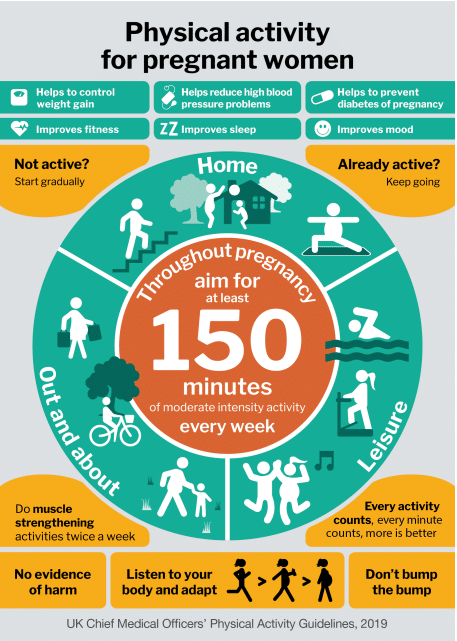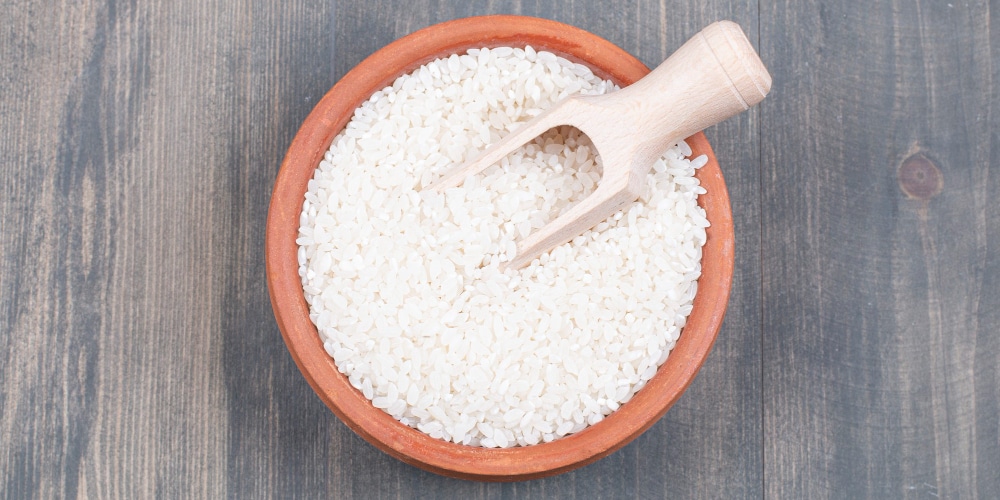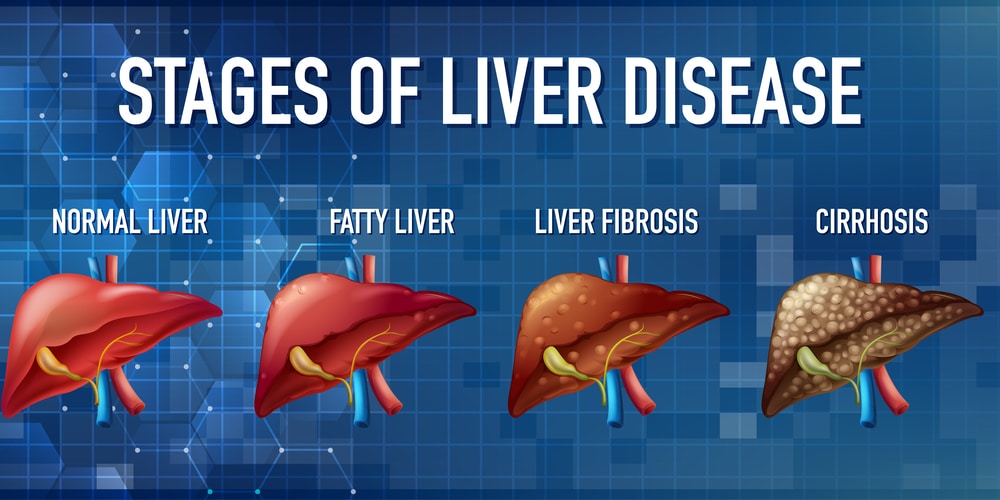Is dancing during pregnancy safe? Debunking myths and expert guidelines
Leading health organisations and medical experts advocate for regular physical activity, including dancing, to reduce risks like gestational diabetes and improve maternal and newborn health outcomes
Author
Author
- admin / 3 months

- 0
- 5 min read

Author
Earlier this year, the Duchess of Sussex, Meghan Markle, broke the internet when she shared a video of herself and her husband, Prince Harry, dancing while pregnant with their second child. The Duke and Duchess appeared to be recreating a TikTok Challenge in the video that has had over 7 crore views. However, it also raised questions that reflected the anxieties that plague many pregnant individuals: should you move less, sit still, avoid stairs, or stop exercising altogether while pregnant?
A reel posted by fitness creator Nitin Kumar (412,000 followers on Instagram) pushes back against the old-school caution. “In our country, there is this weird belief that if you’re pregnant, then don’t move a lot, don’t walk a lot, don’t use stairs, don’t exercise at all,” says Nitin Kumar. “But let’s be honest, all of this advice is outdated.”
He goes on to explain that staying inactive can actually raise the risk of gestational diabetes, high blood pressure, excessive weight gain and complications during delivery.
The reel also features actress Alia Bhatt sharing her own experience: “I kept strength training during pregnancy as well. Again, everybody should do it according to what their doctors say.”
Still, he issues some warnings: “Go to the gym, do yoga, swim, dance, do whatever you want to do — but smartly. Controlled breathing, training intensity low to moderate, hydration, pre, intra, post workout — keep it good. Don’t try anything new without doctor’s approval. Do not copy internet women who are doing high intensity workouts during pregnancy. They have years of experience. You have to stay in your lane.”
Is dancing during pregnancy safe?
According to the World Health Organisation (WHO), physical inactivity is one of the leading risk factors for noncommunicable disease mortality, with insufficiently active people facing a 20 to 30 per cent higher risk of death compared to those who are active.
For pregnant and postpartum women, regular physical activity has been shown to decrease the risk of pre-eclampsia, gestational hypertension, gestational diabetes, excessive weight gain, delivery complications, postpartum depression and even newborn complications. WHO stresses that physical activity has no adverse effects on birthweight and does not increase the risk of stillbirth.

The WHO guidelines further recommend that, unless there are medical contraindications, all pregnant and postpartum women should engage in regular physical activity throughout pregnancy and after delivery. It highlights the importance of at least 150 minutes of moderate-intensity aerobic activity per week, along with a variety of aerobic and muscle-strengthening activities, and notes that women who were physically active before pregnancy can safely continue vigorous-intensity aerobic exercise.
The guidelines also underline the importance of pelvic floor exercises, staying hydrated, avoiding excessive heat or humidity, and steering clear of activities with a high risk of contact, falling or restricted oxygen flow. At the same time, WHO emphasises that doing some activity is better than none, and even small amounts of movement can improve maternal and newborn health outcomes.
The American College of Obstetricians and Gynecologists (ACOG) reinforces this perspective while advising caution against certain high-risk activities. ACOG makes it clear that exercises likely to cause abdominal trauma, such as contact sports like ice hockey, soccer, basketball or boxing, should be avoided, as well as activities with a high risk of falling, including downhill skiing, surfing, gymnastics, off-road cycling and horseback riding. It also warns against hot yoga or hot Pilates, scuba diving, and activities performed above 6,000 feet for women who do not usually live at high altitude.
Dr Prof Abha Majumdar, Director and Head of the Centre of IVF & Human Reproduction at Sir Ganga Ram Hospital, explained: “I think dancing is absolutely safe, exercising is absolutely safe. If the woman is tuned or used to doing it, there is no harm. Starting something new in pregnancy, however, might pose a risk of injury or other health issues. But otherwise, dancing is absolutely safe. Pilates is safe, and going to the gym is safe, except for impact exercises, in which there is a bang on the leg. For example, in Bharatnatyam or Kathak, where you have to throw your leg with impact – that can be avoided.”
She explained that all other forms of dance, including those involving stretching of the pelvic joint, can actually promote normal delivery. Dancing, she added, is beneficial not only for the mother but also for the child. “Only impact exercises — that too after the first trimester- should be avoided. Impact games, impact dances, where there is heavy thumping, could sometimes cause problems, especially in the second half of pregnancy,” said Dr Majumdar, who has over 45 years of experience.
She also recalled instances from her practice. She has had patients who danced until the eighth month of pregnancy and delivered healthy babies. One of her patients, she shared, even went on a solo motorbike journey across seven continents, discovering she was pregnant just six weeks before her trip. With guidance to rest adequately, the patient successfully completed her journey and delivered, though there was some intrauterine growth restriction due to the move till the eighth month.
On specific risks, she clarified that heavy leg impact should be avoided, particularly in later pregnancy. “When there is dizziness or instability, circular movements should not be done. In the later months, fast circles should also be avoided. But normal, good dance – whether Indian or Western, should definitely be done. It is a very good form of exercise.”
Also read: Fact Check: Can kidney stones be removed without surgery?
Do you have a health-related claim that you would like us to fact-check? Send it to us, and we will fact-check it for you! You can send it on WhatsApp at +91-9311223141, mail us at hello@firstcheck.in, or click here to submit it online.










